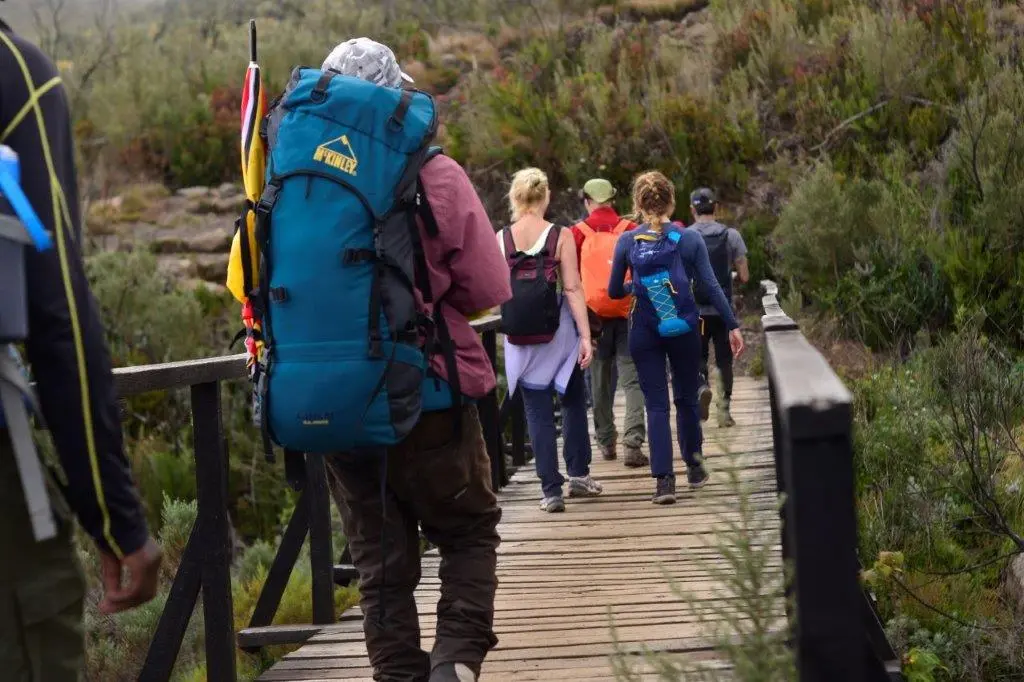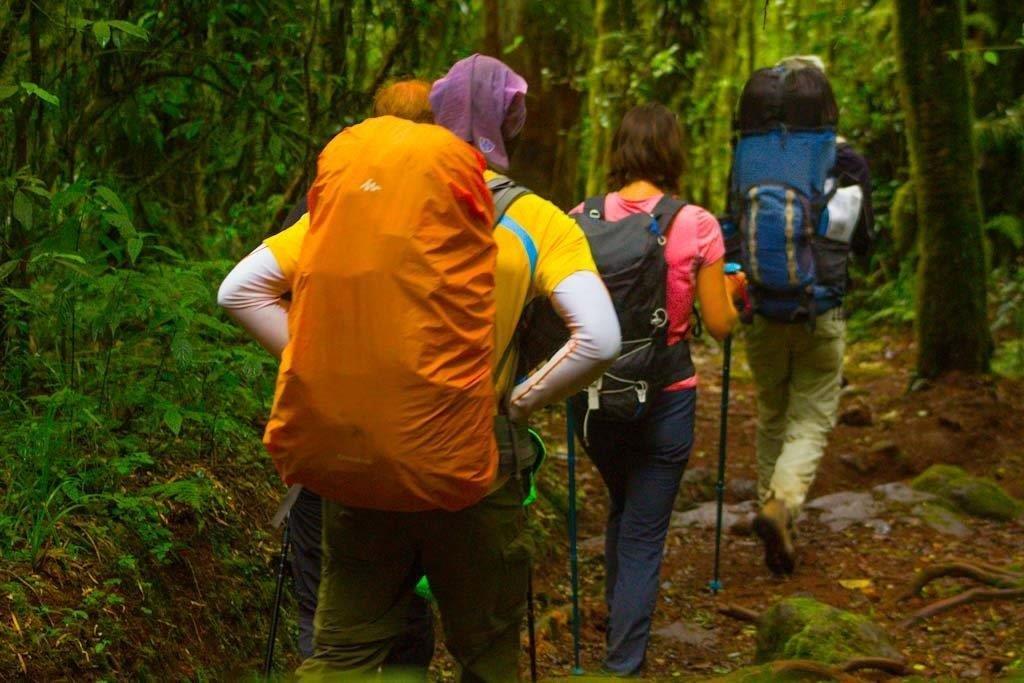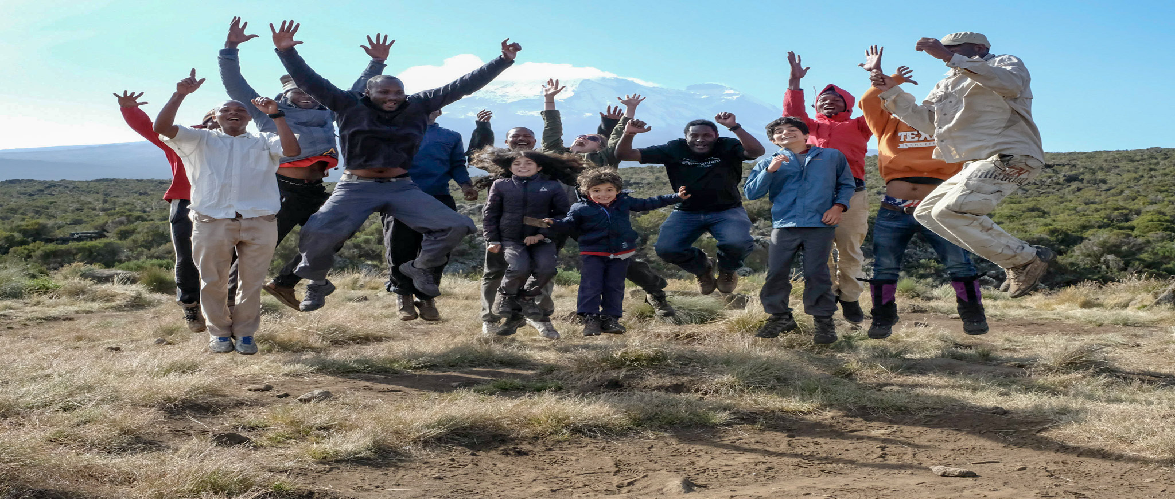Ideal weather conditions for summiting Kilimanjaro in January
When it comes to climbing Kilimanjaro, weather conditions play a significant role in determining the success of your summit. January is part of the dry season in Tanzania, which means you can expect clear skies and minimal rainfall during this time. This makes it an ideal month for climbing Kilimanjaro, as the chances of encountering heavy rain or snowfall are significantly reduced. During January, the temperatures on the mountain are relatively mild, with average daytime temperatures ranging from 15 to 20 degrees Celsius (59 to 68 degrees Fahrenheit) at lower altitudes. However, as you ascend higher, the temperatures drop significantly, and it is not uncommon to experience sub-zero temperatures at the summit. Therefore, it is crucial to pack appropriate clothing and gear to stay warm and comfortable throughout your climb.
Preparing for a Kilimanjaro climb in January
Climbing Kilimanjaro in January offers a unique and challenging experience. The month of January is particularly popular among climbers due to the favorable weather conditions, making it an ideal time to attempt the summit. However, it is essential to prepare both physically and mentally for this demanding adventure.
January is considered the high season for Kilimanjaro climbs, so it is recommended to make your reservations well in advance to secure your spot. Additionally, it is crucial to undergo a thorough medical check-up and consult with a professional guide to assess your fitness level and ensure you are physically prepared for the climb. The altitude on Kilimanjaro can pose a significant challenge, so it is essential to acclimatize properly. This involves taking your time during the ascent, allowing your body to adjust to the decreasing oxygen levels at higher altitudes. It is also advisable to engage in regular exercise and cardiovascular activities leading up to your climb to improve your overall fitness level.
Choosing the right route for a January climb
When planning a Kilimanjaro climb in January, it is crucial to choose the right route that suits your preferences and abilities. Factors to consider when selecting a route include the level of difficulty, scenic beauty, and success rates during the January climbing season. Some of the best routes for summit success during the January climbing season include the Machame Route, Lemosho Route, and Rongai Route. These routes offer stunning scenery, gradual acclimatization, and higher success rates compared to other routes. It is recommended to consult with a professional guide or tour operator who can provide expert advice on choosing the most suitable route for your January climb.
What to pack for a January Kilimanjaro trek
Packing the right gear is essential for a successful Kilimanjaro trek in January. The weather conditions can be unpredictable, and it is crucial to be prepared for various scenarios. Here are some essential items to pack for climbing Kilimanjaro in January:
Layered clothing: Pack a combination of lightweight and warm clothing to layer up as the temperatures change throughout the climb. Include thermal base layers, fleece jackets, waterproof outer layers, and a down jacket for extreme cold conditions.Proper footwear: Invest in sturdy, waterproof hiking boots that provide excellent ankle support. Make sure to break them in before your climb to avoid blisters and discomfort.
Sleeping bag: Choose a high-quality sleeping bag that is suitable for sub-zero temperatures. It is advisable to opt for a four-season sleeping bag to ensure warmth and comfort during the cold nights on the mountain.
Personal hygiene items: Pack essential toiletries, including wet wipes, hand sanitizer, and sunscreen. It is also crucial to bring a good supply of high-altitude lip balm and moisturizer to protect your skin from the harsh mountain conditions.
Tips for a successful summit in January
Climbing Kilimanjaro in January requires careful planning and preparation. Here are some tips to help you achieve a successful summit:
Stay hydrated: Proper hydration is crucial at high altitudes. Drink plenty of water throughout your climb to prevent altitude sickness and maintain your energy levels.Slow and steady: Take your time during the ascent to allow your body to acclimatize. Avoid rushing and listen to your guide's advice on pacing yourself.
Mental preparation: Climbing Kilimanjaro is not just a physical challenge; it also requires mental strength and determination. Stay positive, focus on your goal, and draw inspiration from the beautiful surroundings.
Follow the guide's instructions: Your guide is experienced and knowledgeable about the mountain. Listen to their instructions, follow their advice, and trust their judgment.
Choose Your Route


